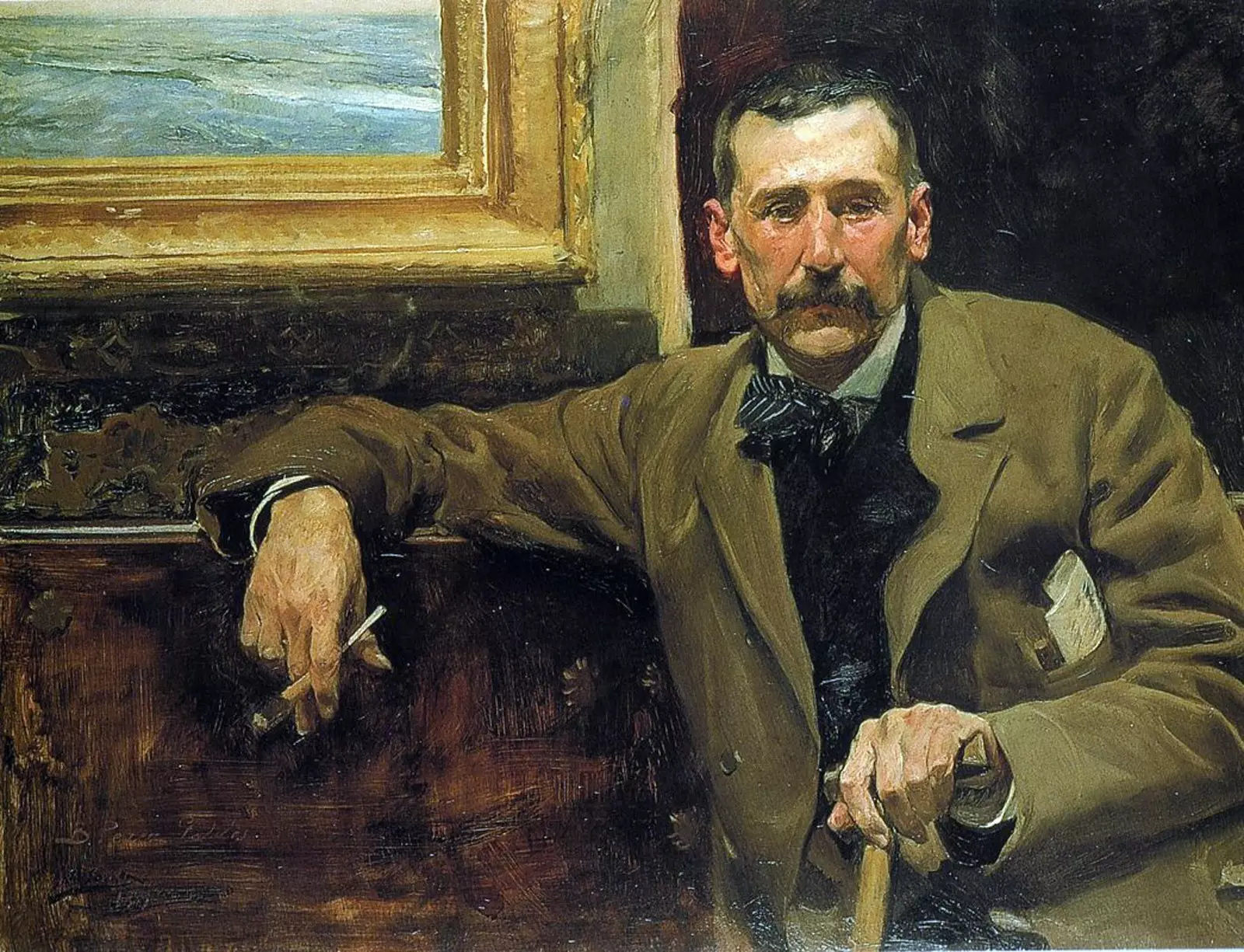
A Galdosian adventure through the streets of Madrid.
Before the entry into force of the euro, the thousand peseta note was probably the most widely used . Green in color, it showed the image of a mature man, with a mustache and bushy eyebrows. **A legend indicated: Benito Pérez Galdós **.
The celebration of the Galdós Year on the occasion of the centenary of his death it demanded an image that moved away from the one circulating on paper money. The sign presented by the Madrid City Council shows a rejuvenated Galdós, more attractive for a generation that has a vague memory of the greenback.
Galdós took the photograph that appears on the poster **at the age of nineteen, having just arrived in Madrid**. He had traveled by ship, train and stagecoach to reach the capital from Las Palmas, where he was born and raised . He enrolled in Law and ** stayed in a boarding house in Lavapiés **, from which he ** moved to Calle de las Fuentes, near the Royal Theater **.
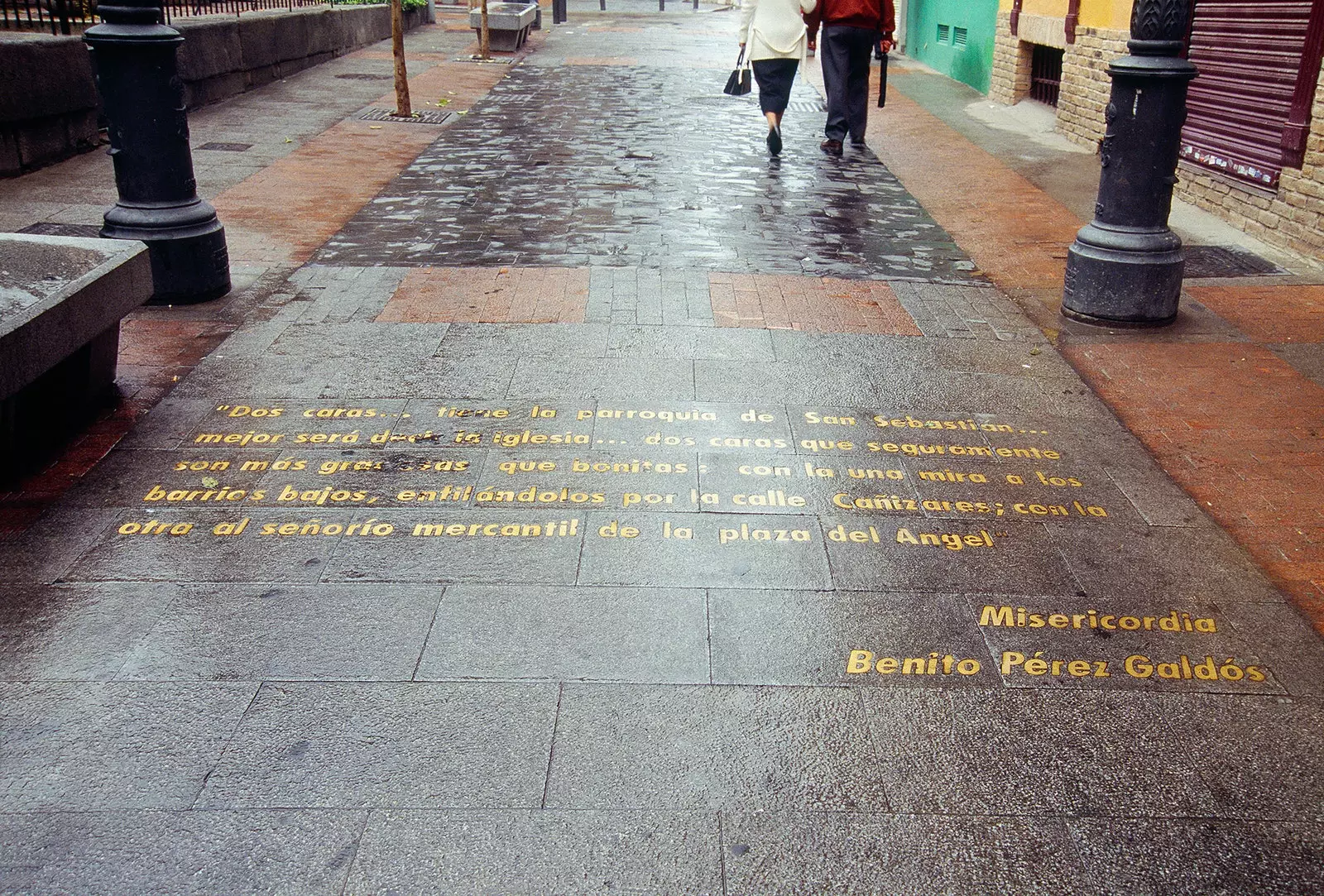
The works of Galdós can be breathed in the streets of Madrid.
He soon lost interest in college. He walked, ** attended the gatherings that met at the Café Universal, in Puerta del Sol, and frequented the Ateneo **, which then occupied a building on Calle Montera. A music lover, ** he frequented the Royal Theater **, where he occupied paradise seats, the cheapest, typical of students.
Elizabethan Madrid was a troubled city. In 1866 Galdós witnessed the anti-monarchist rebellion in the San Gil barracks . The clashes in Puerta del Sol and the bloody repression of the insurgents marked the twenty-three-year-old idealist, who supported the revolution that led Isabel II into exile two years later.
** he had abandoned his studies to devote himself to literature **. He began to collaborate as an editor with the newspapers La Nación and El Debate. He traveled to Paris, translated Dickens and he published his first novel: La fontana de oro .
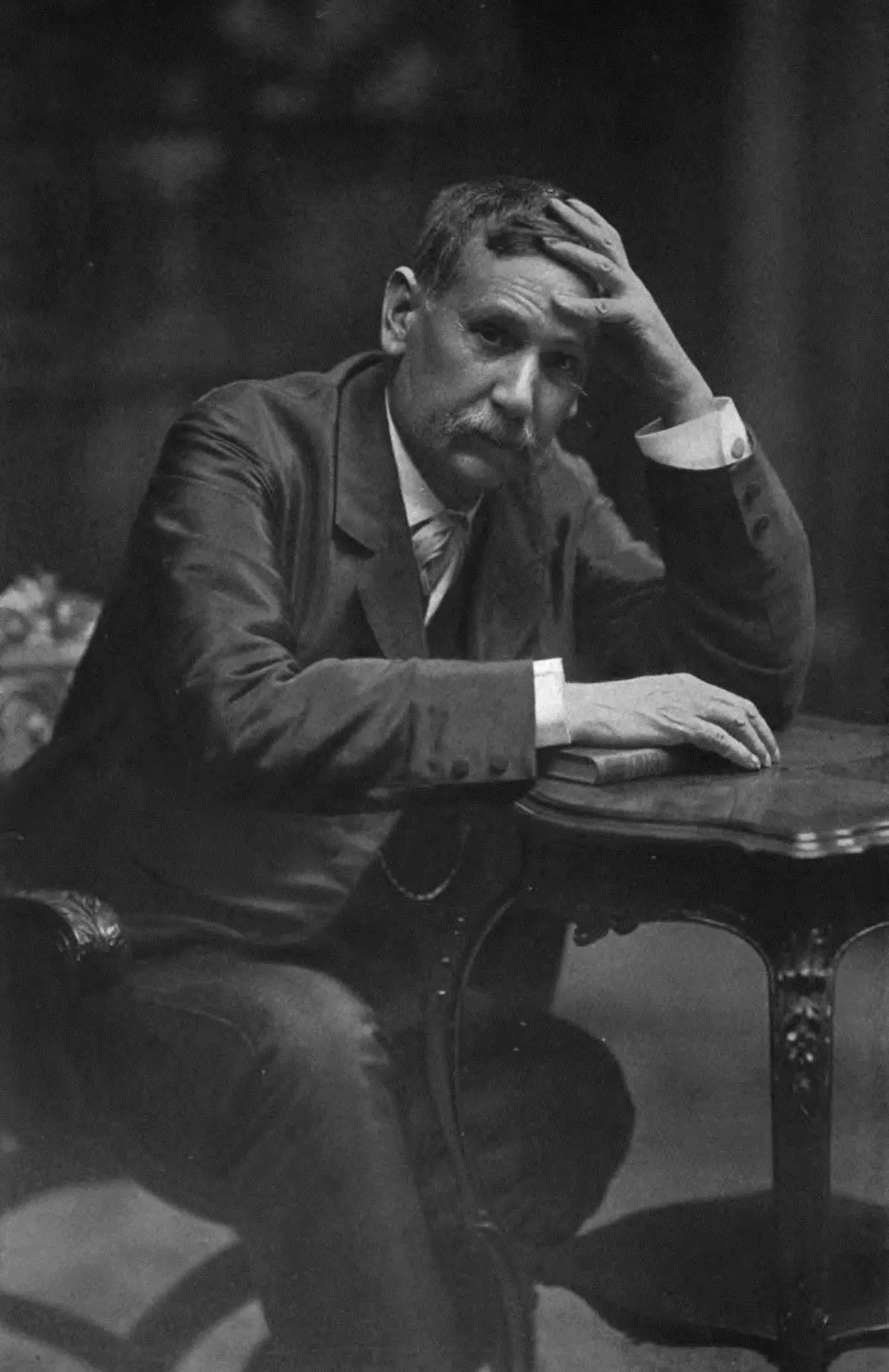
The Galdós Year, a celebration and tribute to the novelist who portrayed Madrid in his works.
In the works that have appeared since then with annual regularity, Galdós reflected the changes of a growing city . The Galdosian Madrid takes shape in his novels , not as a static stage, but as an organism that grows and interact with the characters . The plots of him offer an exact map of the city, markets and cafes , with great attention to detail.
In a walk of one of his most famous characters, ** Fortunata runs through Calle de la Magdalena and arrives at Plaza del Progreso (today Tirso de Molina) **. She stops at a fabric store and checks the quality of a thick floral cretonne. She walks past a tavern with a grill for grilling chops outside the door. In the street of the Concepción Jerónima she observes the flower stalls . She doubts whether to go to the Plaza de Pontejos, but decides to take the road to Toledo Street. In a doorway on Imperial Street she listens to a little piano “that is playing very precious music.”
Galdós pours into his works the sounds, smells and touch of the city . He also reflects the contrast between the center, motley and traditional, compared to the modernity of the bourgeois expansion that today encompasses the Salamanca district. Bringas's, in the novel to which he gives his name, speaks with horror of the coldness of the new neighborhoods, lacking the closeness of the neighborhood and the bustle of commerce.
Galdós himself soon moved to number 4 Calle Serrano, in the expansion, and later to Plaza de Colón . His brother Domingo had made a fortune in Cuba. Benito lived with his sister-in-law, from a noble family, who supported him from the beginning of his literary career.
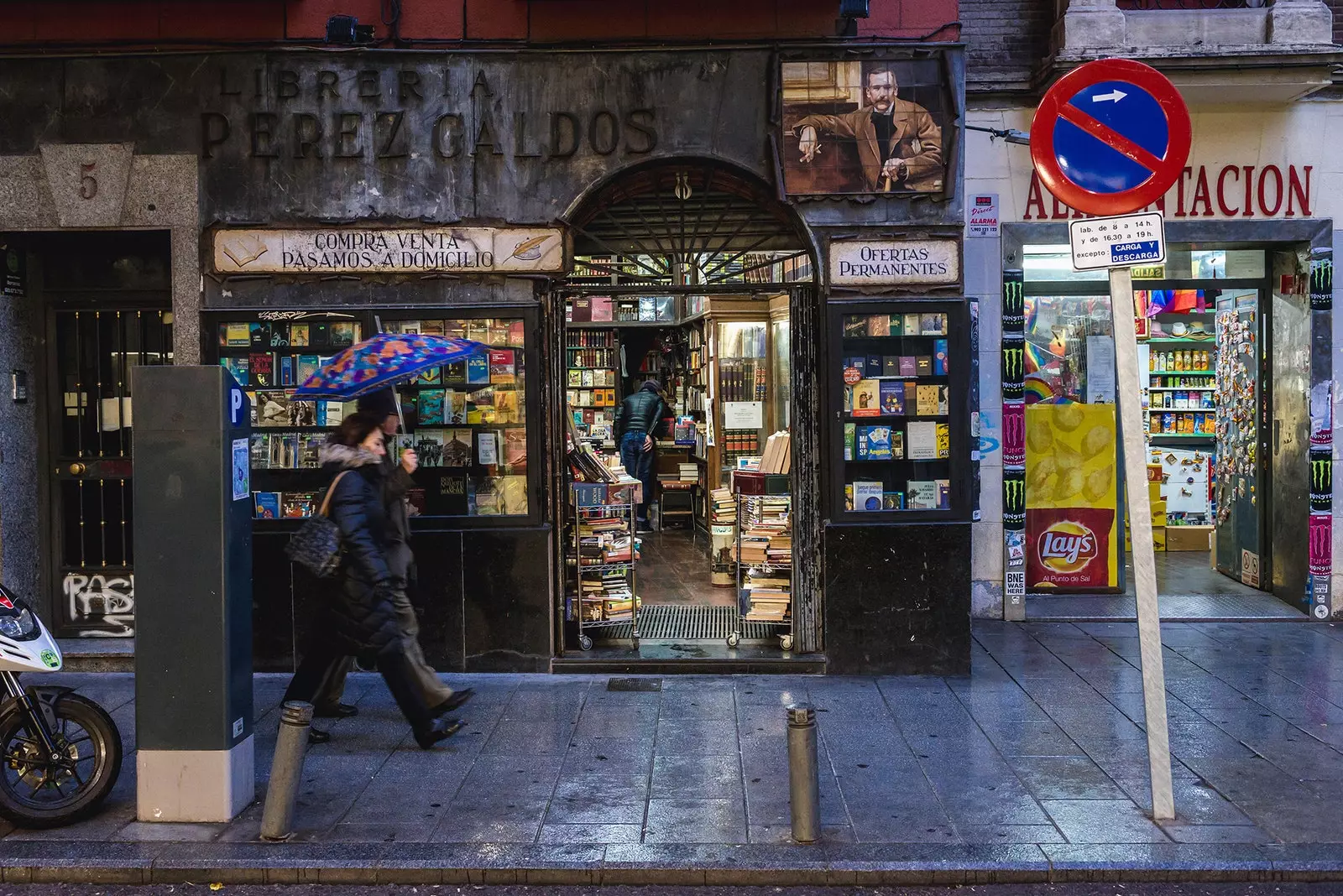
There are multiple places that bear the name of the writer in the capital.
Conflicts with his publisher had led him to establish own publishing house: Obras de Pérez Galdós, on Hortaleza street . The author of the National Episodes was already a famous writer. The gallery of characters that appeared in his works covered the entire Madrid social spectrum. His realism made his popularity grow. He was appointed a member of the Royal Spanish Academy and he was elected parliamentarian by the progressive Liberal Party of Sagasta.
His commitment led him to lead, together with Pablo Iglesias, the republican-socialist coalition in 1909 , although he soon withdrew from political struggle. Menéndez Pidal considered him an implacable enemy of Catholicism. Some of his biographers consider the conservative boycott prevented him from being awarded the Nobel Prize.
Galdós was a disciplined man with sober habits , opposite to the topic of the cursed writer. He didn't drink. He got up early and wrote daily until ten in the morning . He used to finish a volume of three hundred pages every quarter. He never got married, although he had a long affair with Emilia Pardo Bazán and had a daughter with Lorenza Cobián, a model with a stormy character.
According to his friend Ramón Pérez de Ayala, Galdós dressed carelessly . In winter it was common to see him with a white woolen scarf wrapped around his neck and a half-smoked cigar, accompanied by his Alsatian dog.
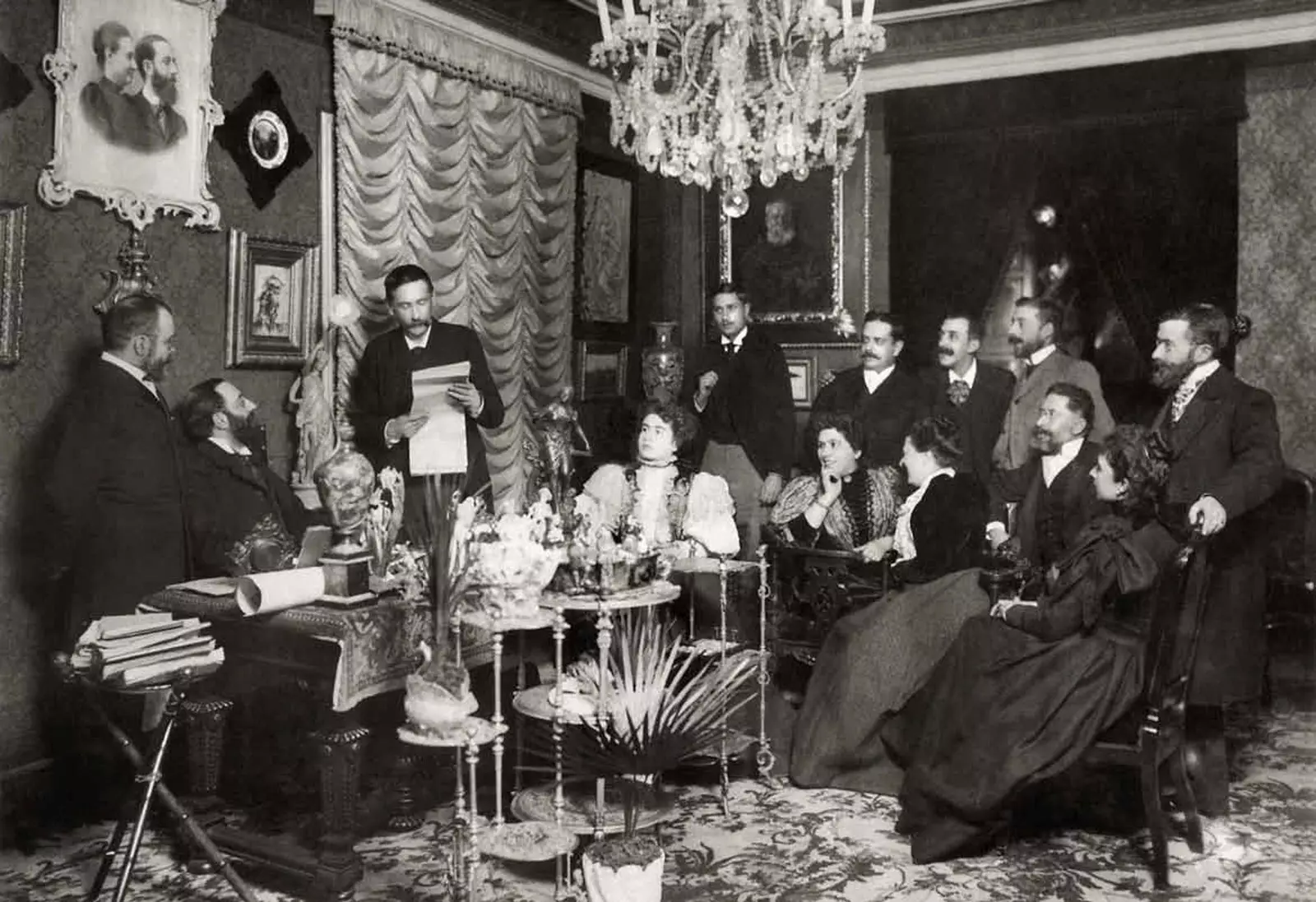
Workshops, conferences, cinema, theater... This year, Madrid is more Galdosian than ever.
He died at the age of seventy-seven . His funeral was massive. Thirty thousand people accompanied the coffin to the Almudena cemetery . The Galdos Year will start a century later, January 4 , with an opening ceremony next to the statue of the writer in the Retiro Park, the work of his friend Victorio Macho.
To the cycles of conferences and literary walks exhibitions will be added like the one that can be visited at the National Library under the title the human truth.
The next edition of the Book Fair will have a tent entirely dedicated to the dissemination of his work , with special attention to the youngest readers, the high school students. And of course, we will all have an excuse to return to Fortunata and Jacinta, Miau or Trafalgar.
